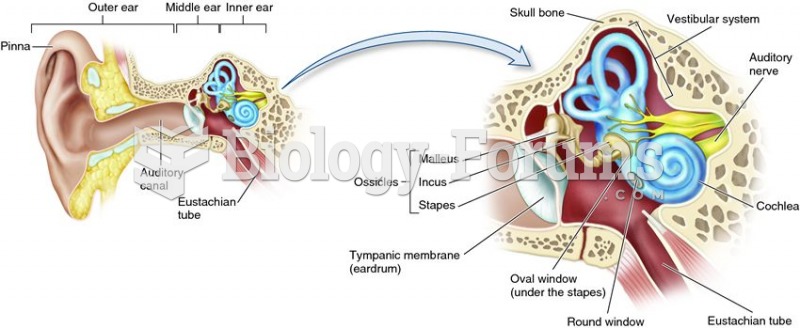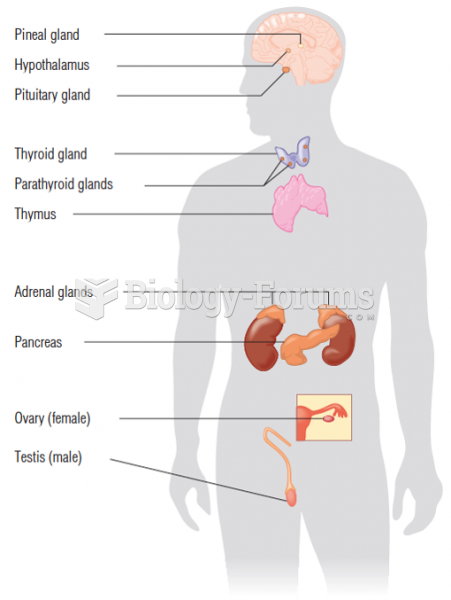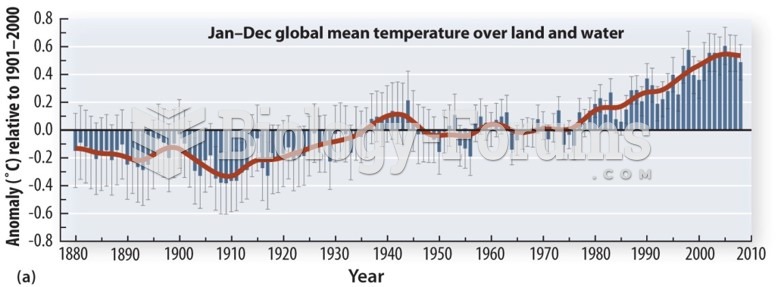|
|
|
Did you know?
Illicit drug use costs the United States approximately $181 billion every year.
Did you know?
Asthma cases in Americans are about 75% higher today than they were in 1980.
Did you know?
Certain topical medications such as clotrimazole and betamethasone are not approved for use in children younger than 12 years of age. They must be used very cautiously, as directed by a doctor, to treat any child. Children have a much greater response to topical steroid medications.
Did you know?
Medication errors are more common among seriously ill patients than with those with minor conditions.
Did you know?
Oliver Wendell Holmes is credited with introducing the words "anesthesia" and "anesthetic" into the English language in 1846.







